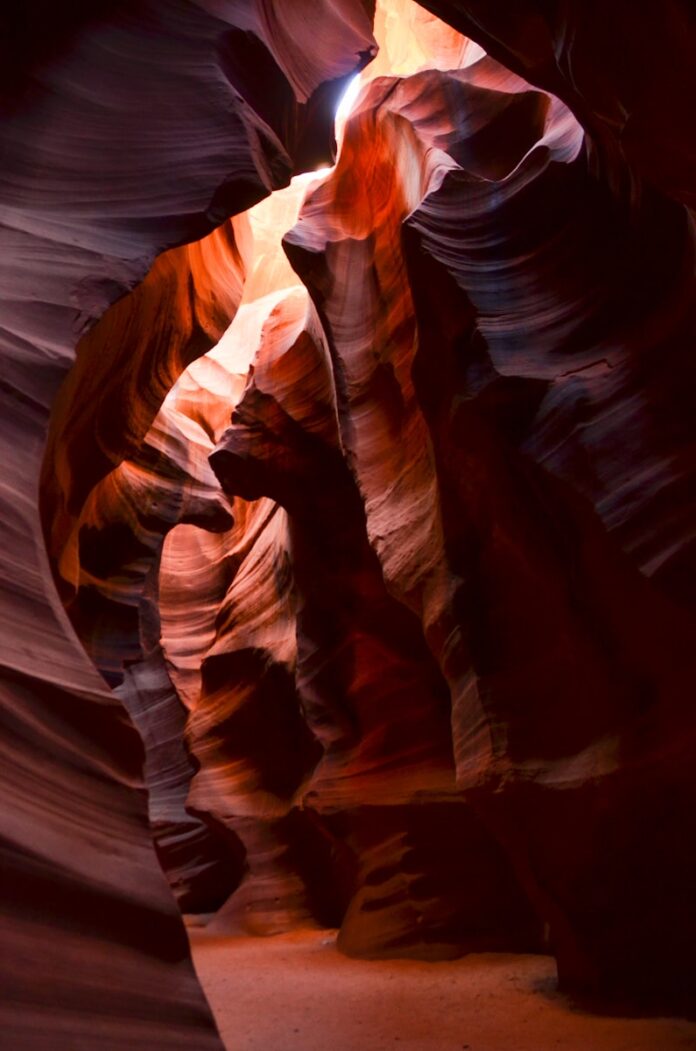Introduction to Painting in Arizona
Arizona, a state known for its diverse landscapes, offers an array of natural beauty that attracts artists from around the world. From the iconic red rocks of Sedona to the towering saguaro cacti in the Sonoran Desert, Arizona’s nature trails provide the perfect setting for outdoor painting. Whether you’re an experienced painter or a beginner looking to connect with nature, Arizona’s trails offer inspiration at every turn.
This guide will explore the best nature trails in Arizona for painting, provide tips on how to prepare for a day of outdoor art, and offer insights into capturing the unique beauty of the Southwest.
Why Arizona is a Haven for Outdoor Painters
Diverse Landscapes
Arizona’s landscapes range from desert vistas to pine-covered mountains, giving artists a variety of scenes to capture. The contrast between the arid deserts and lush forests allows for a wide spectrum of color palettes and compositions. Painters can find inspiration in the dramatic rock formations, the soft hues of desert sunsets, and the vibrant flora and fauna that thrive in this unique environment.
- Red Rock Country: The red sandstone formations in Sedona are iconic and offer a striking contrast against the blue skies. This area is perfect for artists interested in capturing the rugged beauty of the desert.
- Sonoran Desert: Home to the famous saguaro cactus, the Sonoran Desert provides a quintessential Southwestern landscape. The soft greens and browns of the desert, coupled with the occasional bloom of wildflowers, create a serene and timeless scene.
- Grand Canyon: One of the most famous natural landmarks in the world, the Grand Canyon is a challenging yet rewarding subject for painters. The vastness of the canyon, along with its ever-changing light and shadows, makes it a compelling subject for any artist.
Light and Color
The quality of light in Arizona is exceptional, with clear skies and bright sunlight that bring out the rich colors of the landscape. The early morning and late afternoon light casts long shadows and adds depth to the scenery, making it an ideal time for outdoor painting. The color palette of Arizona’s landscapes ranges from the warm reds and oranges of the desert to the cool blues and purples of the distant mountains.
Inspiration from Native American Art
Arizona is also home to a rich history of Native American art, particularly from the Hopi, Navajo, and Apache tribes. The geometric patterns and earth-toned colors found in traditional Native American artwork can inspire modern painters to incorporate these elements into their own creations. The connection between the land and Native American culture adds an extra layer of meaning to the act of painting in Arizona’s natural settings.
Best Nature Trails for Painting in Arizona
Bell Rock Pathway, Sedona
The Bell Rock Pathway in Sedona is one of the most popular trails for artists. The towering Bell Rock, with its distinctive shape and vibrant red hue, is a favorite subject for painters. The trail offers a range of vantage points, allowing artists to choose the perfect spot to set up their easel and capture the landscape.
- Accessibility: The Bell Rock Pathway is relatively easy, making it accessible for artists who want to carry their painting supplies. The trail is well-marked and offers stunning views throughout.
- Best Time to Visit: Early morning or late afternoon is ideal for painting, as the sunlight enhances the warm tones of the red rocks.
West Fork Trail, Oak Creek Canyon
For those who prefer painting in a more lush and shaded environment, the West Fork Trail in Oak Creek Canyon is a perfect choice. This trail winds through a canyon filled with oak trees, ferns, and a gentle creek that reflects the surrounding greenery. The contrast between the red canyon walls and the vibrant greenery creates a peaceful and inviting scene for artists.
- Landscape: The West Fork Trail offers a mix of desert and forest landscapes, making it a unique spot for painting. The combination of water, rock formations, and plant life provides a variety of subjects to capture.
- Seasonal Changes: In the fall, the leaves on the oak trees turn brilliant shades of red, orange, and yellow, adding a burst of color to the scene. Springtime brings blooming wildflowers and fresh greenery.
Camelback Mountain, Phoenix
For artists looking to capture the beauty of the Sonoran Desert, Camelback Mountain in Phoenix offers a rugged landscape with sweeping views of the surrounding area. The mountain’s distinctive shape and the cacti that dot the landscape make for a striking composition. The hike to the top is challenging, but the panoramic views are worth the effort for those who want to paint from a high vantage point.
- Desert Flora: The trail is lined with a variety of desert plants, including saguaro cacti, barrel cacti, and ocotillo. These unique shapes and textures add interest to any painting.
- Sunset Views: The top of Camelback Mountain offers breathtaking views of the sunset, with the sky turning shades of pink, purple, and gold. This is a great opportunity for artists to experiment with different lighting effects.
Grand Canyon Rim Trail
The Grand Canyon Rim Trail offers endless opportunities for painting, with views that change dramatically depending on the time of day and weather conditions. The vastness of the canyon, coupled with the intricate details of the rock formations, makes it a challenging yet rewarding subject for painters.
- Changing Light: The light at the Grand Canyon changes throughout the day, creating different moods and atmospheres. Early morning and late afternoon provide the best light for painting, as the low sun casts long shadows and enhances the colors of the canyon walls.
- Viewpoints: There are several viewpoints along the Rim Trail where artists can set up their easels and paint. Some of the most popular spots include Mather Point, Yavapai Point, and Hermit’s Rest.
Tips for Painting on the Trail
Preparation
Before heading out on the trail, it’s important to be well-prepared. Here are a few tips to ensure a successful day of painting in nature:
- Choose the Right Supplies: Bring lightweight and portable painting supplies, such as a small easel, watercolor or acrylic paints, brushes, and a sketchbook. Make sure to pack everything in a comfortable backpack that you can carry on the trail.
- Stay Hydrated: Arizona’s dry climate can be dehydrating, especially when spending time outdoors. Be sure to bring plenty of water and stay hydrated throughout the day.
- Wear Sun Protection: The Arizona sun can be intense, so it’s important to protect yourself from sunburn. Wear a wide-brimmed hat, sunglasses, and sunscreen to stay safe while painting in the sun.
Finding the Perfect Spot
Once you’re on the trail, take your time to find the perfect spot to set up your easel. Look for a location that offers a good view of your subject and enough space to spread out your supplies. Consider the direction of the sun and how the light will affect your painting throughout the day.
- Composition: Pay attention to the composition of your painting. Look for interesting shapes, contrasts, and colors that will make your artwork stand out. Consider framing your subject with natural elements, such as trees or rocks, to create a sense of depth.
- Take Breaks: Painting outdoors can be physically demanding, so be sure to take breaks when needed. Sit down, have a snack, and enjoy the beauty of your surroundings. Taking breaks can also give you a fresh perspective on your work.
Capturing the Essence of Arizona
When painting in Arizona, it’s important to capture the essence of the landscape. Pay attention to the unique colors, textures, and shapes that define the region. Whether you’re painting the red rocks of Sedona, the cacti of the Sonoran Desert, or the vastness of the Grand Canyon, try to convey the feeling of the place through your artwork.
- Color Palette: Arizona’s landscapes are known for their warm and earthy tones. Incorporate shades of red, orange, and brown into your paintings to capture the desert landscape. For cooler scenes, such as the forests and canyons, use greens, blues, and purples to convey the natural beauty of the area.
- Texture: The texture of the landscape is just as important as the color. Pay attention to the roughness of the rocks, the smoothness of the water, and the delicate details of the plants. Use different brushstrokes and techniques to capture these textures in your painting.
Conclusion
Painting on Arizona’s nature trails offers a unique opportunity to connect with the landscape and create artwork that reflects the beauty of the Southwest. Whether you’re painting the red rocks of Sedona, the vastness of the Grand Canyon, or the serene forests of Oak Creek Canyon, Arizona’s diverse landscapes provide endless inspiration for artists.
For more tips on outdoor painting and travel inspiration, visit Izase.
MORE FROM IZASE


